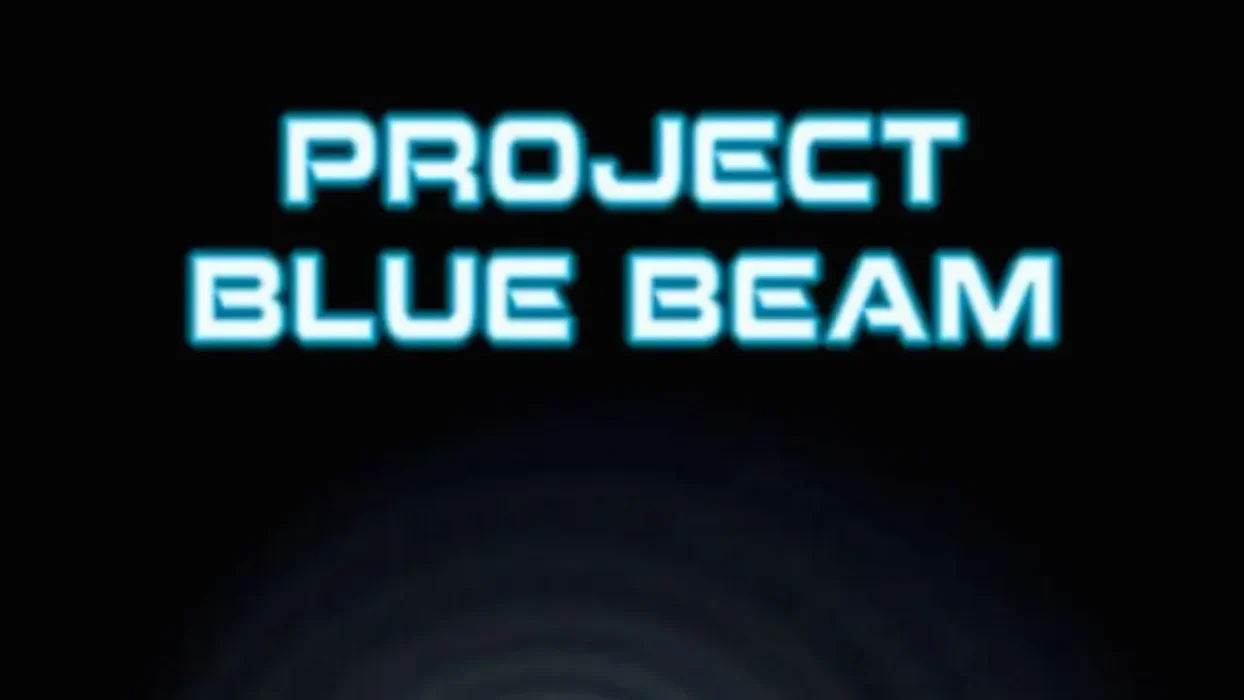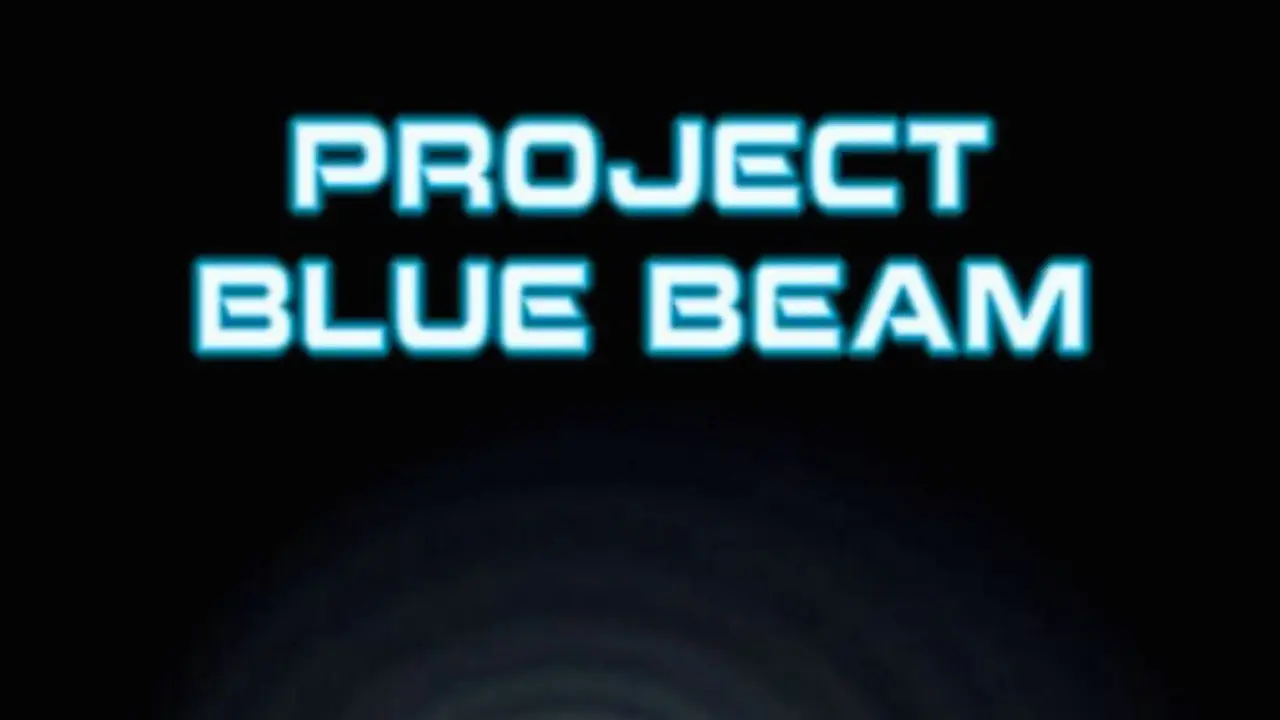Project Blue Beam, a name that evokes whispers of a global spectacle and sends chills down conspiracy theorists’ spines, has captured and terrified audiences for over three decades. But what is it?
Table of Contents
The allegations:
At its core, Project Blue Beam is a theory first popularized by Canadian journalist Serge Monast in the 1990s. It claims a coalition of powerful organizations, such as NASA and the UN, is planning a technological and psychological manipulation of humanity. This manipulation, they say, will usher in a New World Order controlled by a single religion and leader.
There are a number of fantastical and frightening methods alleged to be used:
- Holographic displays: Projecting realistic images of religious figures and extraterrestrials across the globe, triggering mass confusion and religious fervor.
- Weather control: Using advanced technology to create earthquakes, tsunamis, and other natural disasters, highlighting the need for a unified global authority.
- Microchip implants: Subtly implanting microchips in people to control their thoughts and emotions, paving the way for a totalitarian society.

The evidence:
Monast’s claims were based on a mishmash of sources, including unverified documents, misinterpreted quotes, and his own imaginative leaps. He alleged NASA involvement based on a single, out-of-context mention of “beams” in a NASA proposal. He saw global disasters as rehearsals and misinterpreted military exercises as proof of weather control.
Despite the lack of concrete evidence, the Project Blue Beam narrative has found fertile ground in conspiracy theories. Its blend of religious anxieties, technological fears, and distrust of authority resonates with those seeking hidden agendas behind seemingly mundane events.
Where Do We Stand Today?
In 2023, Project Blue Beam remains firmly in conspiracy theories. No credible evidence supports its claims, and the technology it describes, particularly global holographic displays and undetectable microchip implants, is beyond our current capabilities.
However, the theory’s persistence speaks to a deeper unease in our world. Rapid advancements in technology, the increasing interconnectedness, and the erosion of traditional power structures leave many feeling adrift, searching for answers in the shadows.
Is Project Blue Beam a threat?
Not in the literal sense of holographic sky-gods or mind-controlling chips. But its influence lies in its ability to sow discord, distrust, and fear. It can turn harmless events into harbingers of doom, pushing people further apart and weakening society.
Project Blue Beam: The takeaway?
Project Blue Beam serves as a cautionary tale. It reminds us to be critical consumers of information, to question extraordinary claims with extraordinary evidence. It also reminds us to engage in open, constructive dialogue instead of retreating into echo chambers of fear and suspicion.
While we may never know the true intentions behind a stray “beam” in a NASA document, we can choose to be informed, responsible, and united in the face of the unknown. That, perhaps, is the true defense against Project Blue Beam, real or imagined.
Read More:

